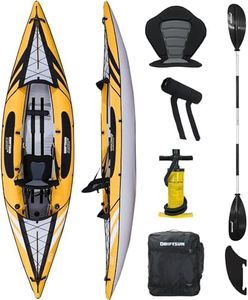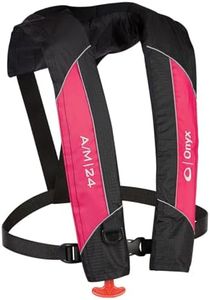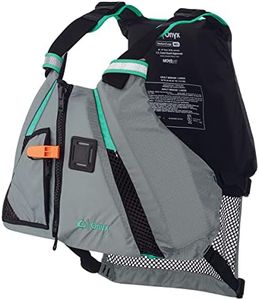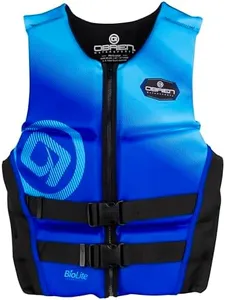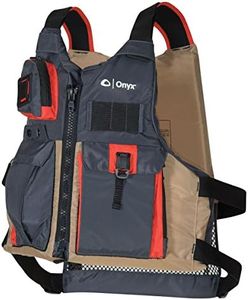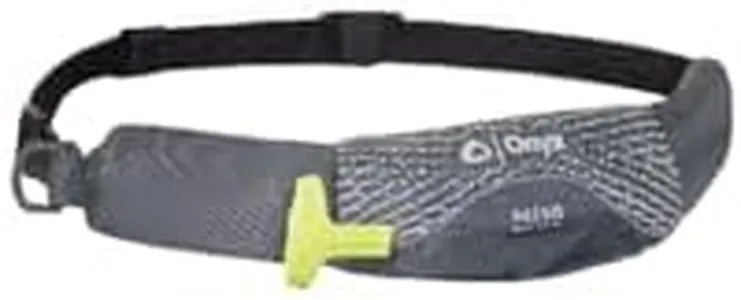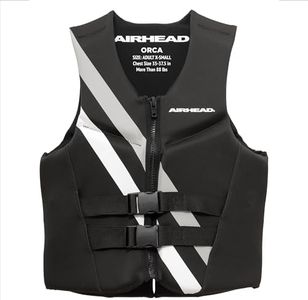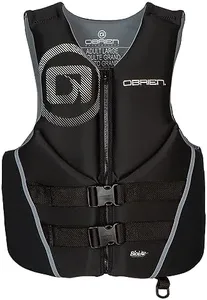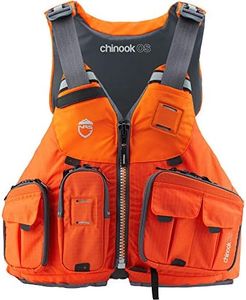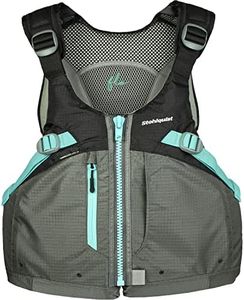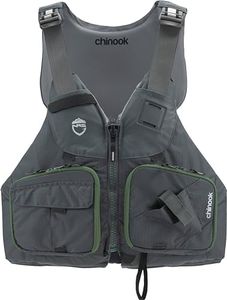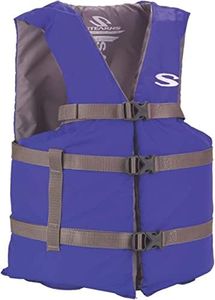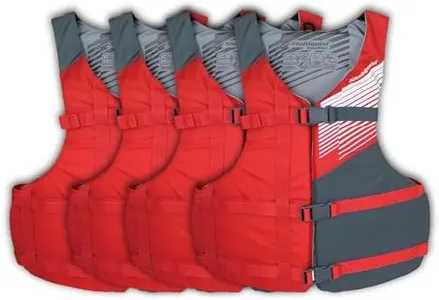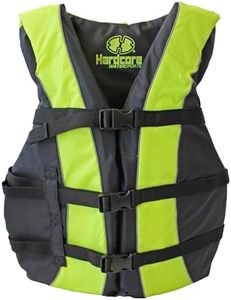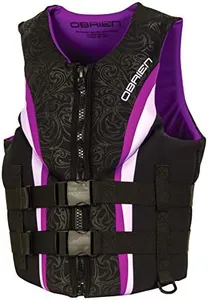10 Best Kayak Life Jackets 2025 in the United States
Our technology thoroughly searches through the online shopping world, reviewing hundreds of sites. We then process and analyze this information, updating in real-time to bring you the latest top-rated products. This way, you always get the best and most current options available.

Our Top Picks
Winner
Onyx A/M-24 Automatic/Manual Inflatable Life Jacket, U.S. Coast Guard Approved, Low Profile, Compact Design, Manual Convertible Inflation Option
The Onyx A/M-24 Automatic/Manual Inflatable Life Jacket is a strong choice for those looking for safety gear while kayaking, boating, or fishing. It boasts U.S. Coast Guard approval, which is vital for ensuring reliability in emergency situations. With a buoyancy rate of 22.5 pounds when fully inflated, this jacket is designed to keep you safely afloat, giving peace of mind during water activities.
The design features a compact, low-profile structure that helps keep you cool in warm weather, making it suitable for extended periods on the water. Its adjustable body belt and neoprene neckline provide a comfortable and secure fit for users with a chest size between 30” and 52”. The manual inflation option is particularly useful for activities where you might get wet, allowing for quick access to buoyancy without relying solely on automatic inflation.
There are a few drawbacks to consider. While it fits a range of body sizes, it is only available in one size, which may not meet everyone's needs. Additionally, the life jacket requires rearming after inflation, which means users must invest in a rearming kit to ensure it’s functional for future use. Some users may also find the manual and automatic inflation mechanisms a bit complex initially, necessitating careful reading of the instructions.
Customer Highlights
A summary of real customer reviews to highlight what shoppers are saying!Onyx MoveVent Dynamic Paddle Sports Life Vest, Aqua, M/L
The Onyx MoveVent Dynamic Paddle Sports Life Vest is a well-regarded choice for adults engaging in kayaking and other paddle sports. Its buoyancy is assured thanks to the soft and lightweight flotation foam, making it comfortable yet effective for safety on the water. One of the standout features is the mesh in the lower back, which is designed to accommodate high-back seats often found in kayaks. This enhances comfort during long paddling sessions.
The vest also scores high on safety with attached SOLAS grade reflective material that improves visibility, and an attached whistle for emergencies, which is a thoughtful inclusion. The durable zipper closure adds to its reliability while an expandable zippered pocket with mesh drainage allows for convenient storage of small items.
Material-wise, the vest is made from 200 denier nylon ripstop and nylon oxford, ensuring it is both strong and lightweight. Being designed in a Medium/Large size may not cater to all body types, and those outside this range could find it less suitable. Additionally, although the vest is labeled as flexible, some users may prefer more adjustable fit options, especially if they are looking for a custom feel. The vest is primarily designed for adults, limiting its use to a specific age range. It comes with a one-year manufacturer warranty, providing some assurance of quality.
Customer Highlights
A summary of real customer reviews to highlight what shoppers are saying!O'Brien Men's Flex V-Back Life Jacket - US Coast Guard Approved Level 70 Buoyancy - Water Sports Activity Including Boating, Paddle, Skiing, Surfing & Swimming
The O'Brien Men's Flex V-Back Life Jacket is a solid choice for water sports enthusiasts, including kayaking. With its US Coast Guard Level 70 (Type III PFD) certification, it ensures safety and compliance with stringent standards. One of its standout features is the enhanced buoyancy provided by the innovative foam core and buoyancy panels, making it suitable for various water activities such as boating, paddling, skiing, surfing, and swimming.
The life jacket's adjustable straps and buckles offer a secure and comfortable fit, ensuring it stays in place, which is crucial during dynamic activities. Additionally, its design allows for a full range of motion, thanks to its lightweight and contoured shape, enabling natural and fluid movement on the water. Crafted from Neoprene, the jacket is both lightweight and quick-drying, enhancing comfort and usability.
However, it is only available in a large size, which might not be ideal for those requiring different sizes. The blue color and snug fit type may appeal to some users, but others might prefer more color options and fit types. This life jacket is best suited for unisex adults looking for a reliable and comfortable life jacket for a variety of water sports activities.
Customer Highlights
A summary of real customer reviews to highlight what shoppers are saying!Buying Guide for the Best Kayak Life Jackets
Choosing the right kayak life jacket is crucial for your safety and comfort while paddling. A well-fitted life jacket not only ensures you stay afloat in case of an accident but also provides ease of movement and comfort during your kayaking adventures. Here are some key specifications to consider when selecting a kayak life jacket, along with explanations to help you make an informed decision.FAQ
Most Popular Categories Right Now
